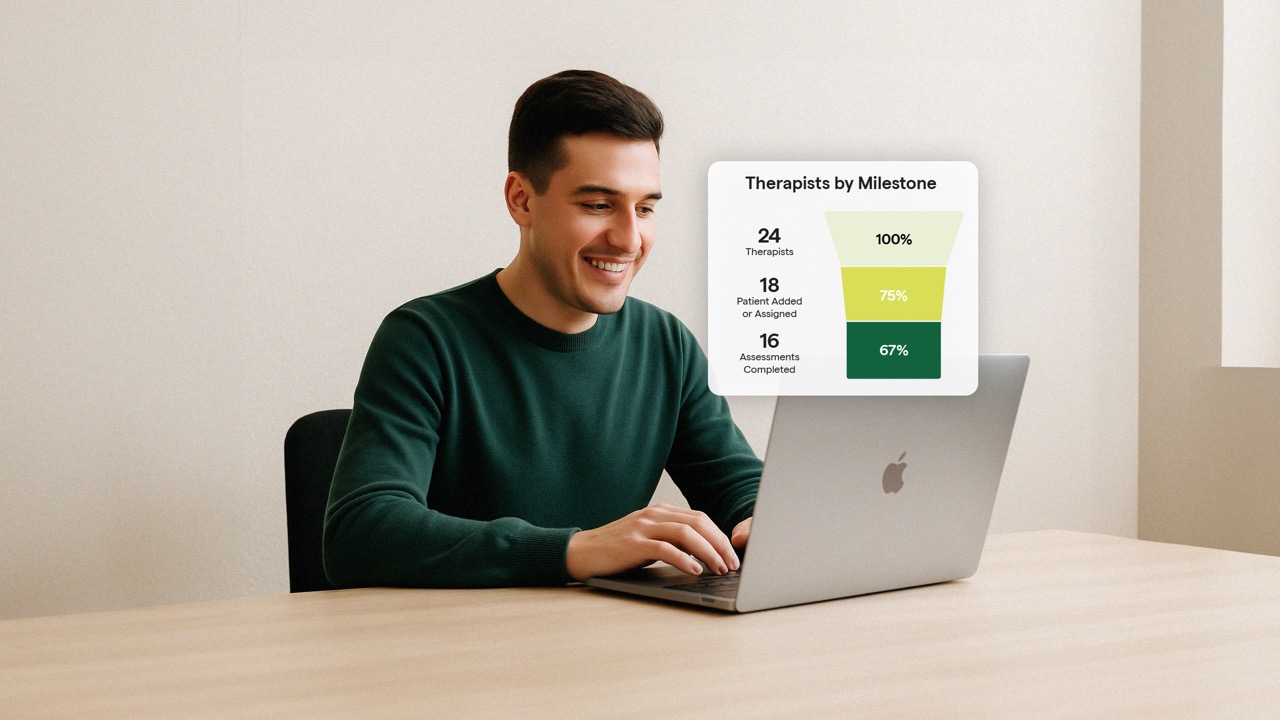
Stages of Change Readiness and Treatment Eagerness Scale for Alcohol (Socrates-8A)
Recommended frequency: Every 8 weeks
Summary
The SOCRATES provides information on client strengths and needs in the areas of treatment readiness. The name implies the area being measured: Stages of Change Readiness and Treatment Eagerness Scale. This tool is designed to give a general measure of the motivation of problem drinkers and drug users to enter treatment.
The addiction treatment field continues to attempt to measure the “stage of change” in which the client presents. Prochaska, Norcross and DiClemente outlined six stages in their Stages of Change model (1994), which is applicable to many behaviours. The stages are:
- Precontemplation
- Contemplation
- Preparation
- Action
- Maintenance
The SOCRATES tool does not determine the client’s specific “stage of change” but provides scores on three scales— Recognition, Ambivalence and Taking steps—which measure the client’s general level of motivation:
- Recognition: This scale provides information about the client’s level of awareness or consciousness of and acknowledgement of the link between substance use and current problems.
- Ambivalence: This scale provides information about whether the client is certain or uncertain that he or she has or doesn’t have a problem. These scores are neither good nor bad; they simply indicate the amount of energy the client is spending in thinking about the change process or in debating the pros and cons of change.
- Taking steps: This scale considers evidence that a client is starting to take steps, or has already taken some steps, to change behaviour.
The therapist should use the SOCRATES as a starting point in the overall discussion with the client about his or her motivation for change. It is a useful exercise in early discussions about next steps and the client’s options for treatment. It also affects clinical decisions about appropriate referrals.
When the client becomes involved in clinical treatment, subsequent administrations of the SOCRATES can show the impact of clinical interventions, through changes on the three scales.
Assessments on Greenspace
Interested in learning more about how Greenspace can simplify and enhance your measurement practice?
Book a CallThe Scale
Please read the following statements carefully. Each one describes a way that you might (or might not) feel about your drinking. For each statement circle one number from 1 to 5 to indicate how much you agree or disagree with it right now. Please circle one and only one number for every statement.
Scoring the SOCRATES-8A
The scores will give the therapist information about whether the client scored low, average or high relative to people already seeking treatment for alcohol and drug problems. Each question on the measure represents one of the three categories, and the client will receive a total score for each category. Once the total score is calculated, they will be converted on a matrix to decile scores from 10-90 – placing them on a scale relative to other people seeking treatment for these issues. Greenspace manages the scoring and conversion for each completion of this measure.
It is important to understand what scores in each of the three categories mean. The researchers give the following general interpretation guidelines for the SOCRATES—8 (A or D) scores.
Recognition:
High scorers directly acknowledge that they are having problems related to their drug use. They tend to express a desire for change and perceive that harm will come if they do not change. Low scorers deny that alcohol or other drugs are causing them any serious problems, reject diagnostic labels such as “alcoholic,” “problem drinker” or “addict,” and do not express a desire for change.
Ambivalence:
There are questions in the SOCRATES that ask the client if they “wonder” about whether they are: (i) a problem drinker or drug user; or (ii) an alcoholic or drug addict. These questions are designed to measure ambivalence, as clients who are still wondering will be ambivalent at this time. Clients who do not “wonder” already know that they “are” or definitely “are not” problem drinkers or addicts.
High scorers say they sometimes “wonder” if they are in control of their use or are using too much, are hurting other people or are alcoholic or drug addicted. High scores reflect uncertainty. High scores may also indicate some openness to reflection, as is expected in the contemplation stage.
Low scorers say they “do not wonder” if they drink or use too much or are in control, hurting others, or are an addict or alcoholic. A person can be low on ambivalence because they “know” their substance use is causing problems (look for higher recognition scores) or they “know” that they do not have drinking or drug problems (lower recognition scores). Thus a low Ambivalence score should be interpreted in relation to the Recognition score.
Taking Steps
High scorers report they are already doing things to make a positive change in their drinking and may have experienced some success in this regard. High scores are predictive of successful change.
Low scorers report that they are not currently doing things to change their drinking and have not made recent changes. It is important to point out to low-scoring clients that they have already taken the first step by attending the session or participating in the administration of some assessment tools. The therapist must offer affirmation and encouragement in an effort to move these clients toward the next stage of change.
Copyright Information
Miller, W. R., & Tonigan, J. S. (1996). Assessing drinkers’ motivation for change: The Stages of Change Readiness and Treatment Eagerness Scale (SOCRATES). Psychology of Addictive Behaviors 10, 81-89.













